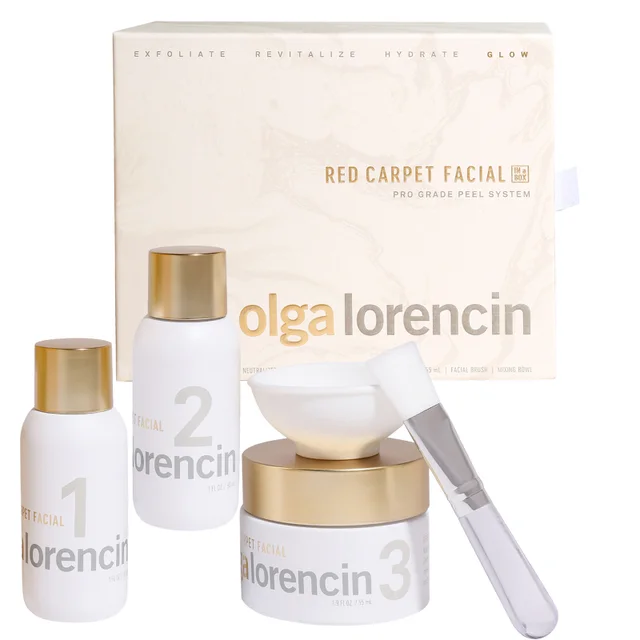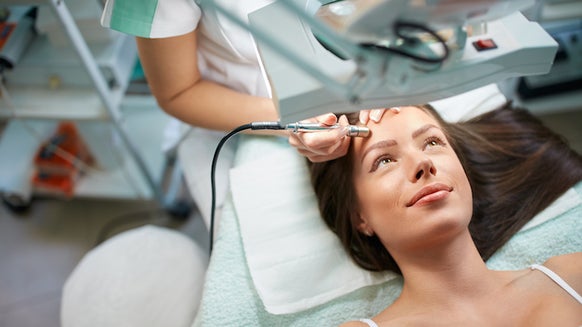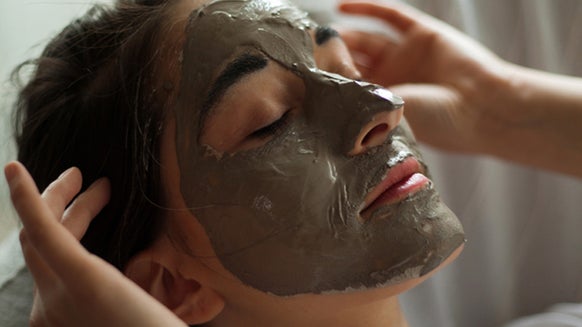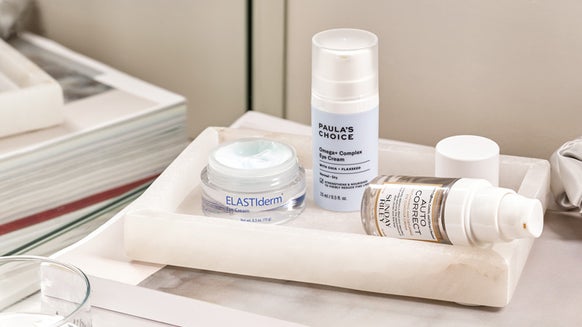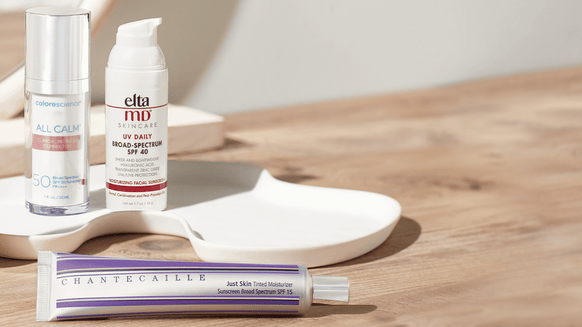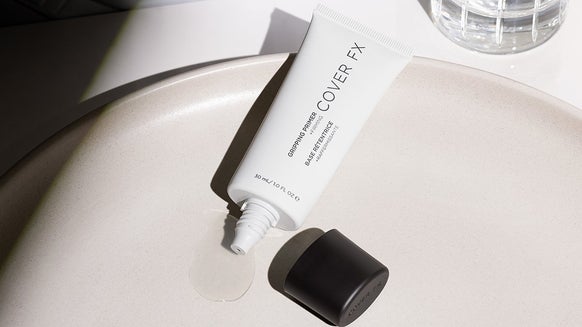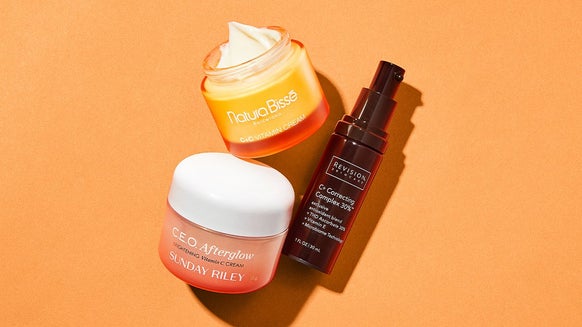What Does a Facial Do? (And How to Prepare for Your First One)
Facials are ah-mazing. If you want a clear, well-hydrated complexion and more youthful appearance, a facial may be a nice addition to your skin care routine. Millions of people enjoy the relaxing, skin-improving features of a facial on a regular basis. According to a recent study, more than 15 million Americans had multiple facial treatments in 2016, approximately 66 percent more than those who selected massage.
So, they're definitely popular, but what do facials do? And what do you need to know before booking one? Here are some of the most commonly asked questions about facial treatments.
What does a facial do?
A professional facial is designed not just to help you relax, but to help improve your skin. "Facials are customized treatments for the face, neck and décolleté that can help prevent and treat common problems," says Christine Walsh, esthetician at Dermstore Spa & Salon. Having a smooth, glowing complexion is only part of the allure; facials can also:
- Boost collagen production
- Remove dead skin cells
- Improve the appearance of fine lines and blemishes
- Clear your pores
- Moisturize and hydrate
The end result? Healthier, younger-looking skin.
Where would you go to get a facial?
You can book a facial with an esthetician at your dermatologist’s office or a day spa. Ultimately, the decision of where to book depends on what’s most comfortable and convenient for you.
What are some of the different types of facials?
"Many brands offer their 'signature facials' targeting many skin concerns," says Walsh. However, she notes that there are tons of different facials, each designed for a specific type of skin or concern. These are: "deep cleansing facials, acne prevention facials, rejuvenating facials, anti-aging facials, brightening facials, light therapy facials, enzyme facials, oxygen facials, chemical peels, microdermabrasion facials, fruit acid facials, cold globes or gem facials, gold facials, vampire facials, acupuncture facials, organic facials, electric current facials and lymphatic drainage facials."
Most popular, especially during the summer months, says Walsh, are brightening facials, rejuvenating facials and oxygen facials.
How should you prepare for a facial?
"Know what products you are currently using and what your main skin concerns are," says Walsh. This is your best way to ensure the results you want and avoid irritating your skin during or after the treatment. "Avoid using harsh exfoliating products about four days prior to your treatment," Walsh continues. "Men should not shave the morning of their facial. It’s not ideal to come into the treatment with a sunburn; however, there are still calming treatments that could be performed."
Preparing for a wedding or special event? Don't schedule a facial for the night before. Walsh notes that it's best to book a facial at least a few days before the event so your skin looks its best. Want to ensure full relaxation during your facial? Walsh recommends turning off your cell phone during your appointment and enjoying the moment. She also suggests avoiding wearing jewelry to your appointment, as "most facials come with a massage while you are masking."
How do you care for your skin after a facial?
Post-treatment breakouts and irritation are possible if the products used were too harsh for your skin or if your pores weren't cleared and cleansed properly. To minimize redness and blemishes following a facial, you should always follow any specific instructions your esthetician gives you and cleanse your skin with a gentle, non-comedogenic cream or foam. Also, It’s best to skip toner for the first few washes after your facial; your freshly cleaned skin doesn’t need it. Because your skin may feel sensitive following a facial, avoid harsh cleansers and vigorous scrubbing for 48–72 hours following your treatment.
What can you expect during your first facial?
Facials last an average of 60 minutes; however, what to expect largely depends on your skin. Your experience will depend upon the type of facial you want and your skin type. For example, some facials are designed to help improve certain skin concerns, like acne, and may include extraction (of blackheads/whiteheads) or chemical exfoliation. Others might just hydrate and nourish the skin through a series of steps.
Depending on the type of facial, Walsh explains that "some tools may be used on your complexion such as the woods lamp, high frequency, microdermabrasion and microcurrent" to help enhance your results. She also adds that your esthetician may provide "knowledge on your skin type and how to maintain a proper home care regime."
Best of all? "You will leave the spa with a smoother texture, proper hydration, glowing complexion, fewer breakouts and firmer skin," says Walsh.
When should you avoid a facial?
As with any treatment, it’s best to check with your doctor if you are pregnant, breastfeeding or have any specific health concerns before scheduling any facial treatment.
During the summertime, it’s best to skip chemical peel and more intense resurfacing treatments—as these actually remove the top layer of skin, making it extra sensitive and susceptible to sunburn and UV damage.
If you have extremely sensitive or acne-prone skin, you may want to ask your dermatologist for specific recommendations, as some types of facials and peels can irritate your skin even further.
Your face is one of the most exposed parts of your body—and, therefore, one of the first areas to start showing signs of aging or environmental stress—so treat it with care (and a little pampering, if you so choose). Not ready to visit a professional just yet? You can give yourself a gentle at-home facial using one of the products featured below.

From the latest hair and makeup trends to the best solutions for your skin issues, we've got all your beauty concerns covered!
